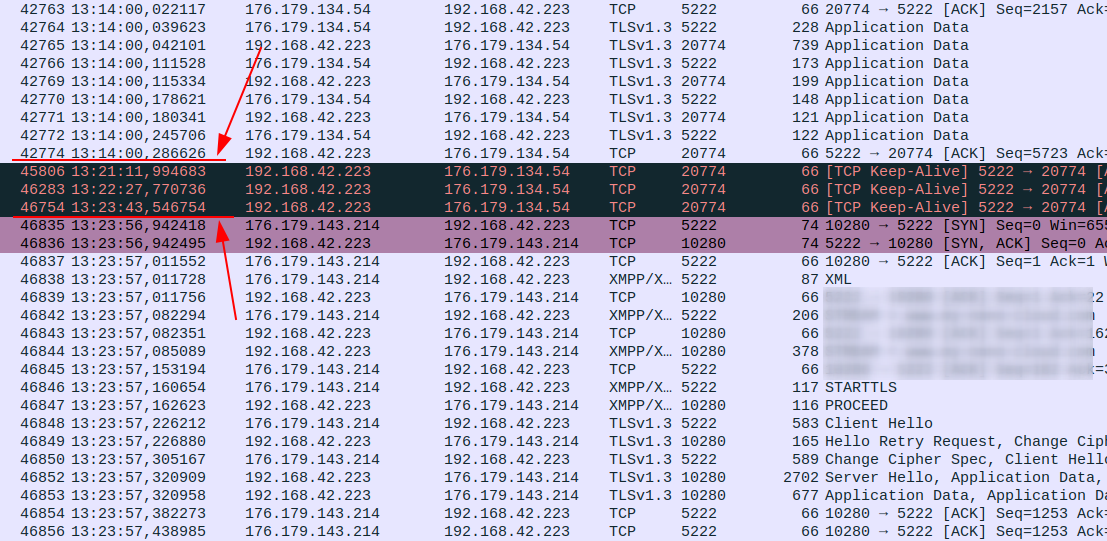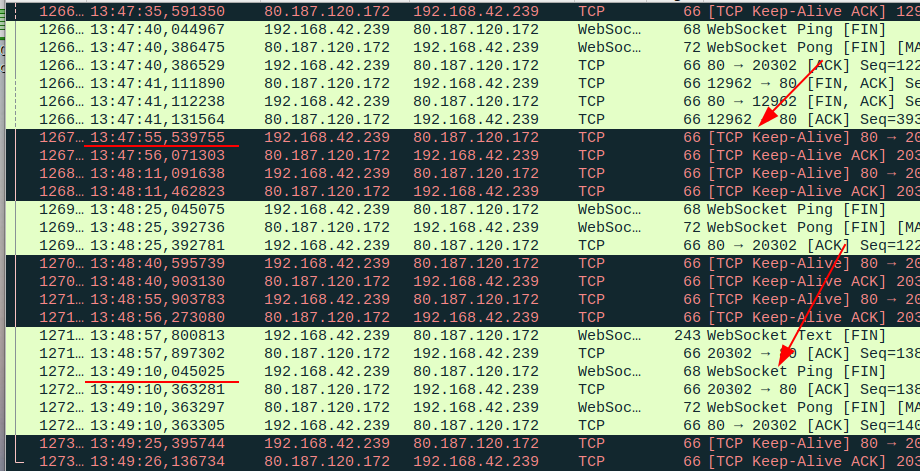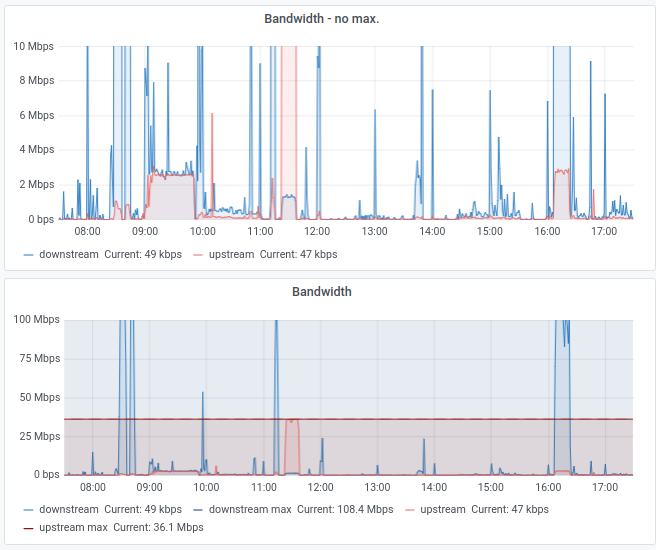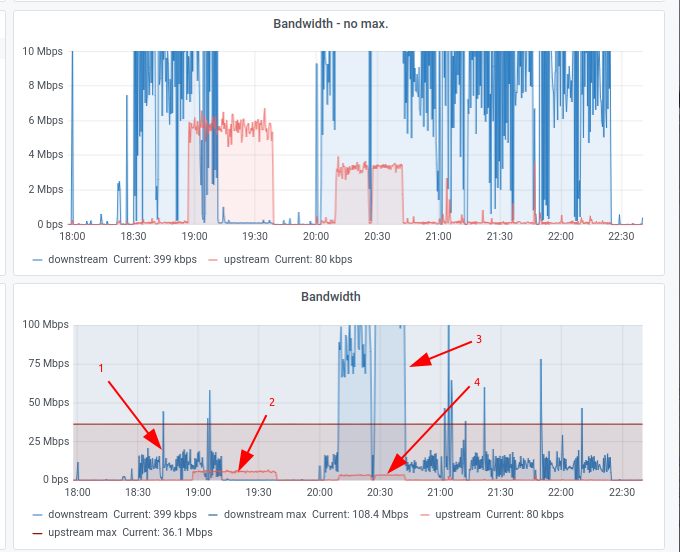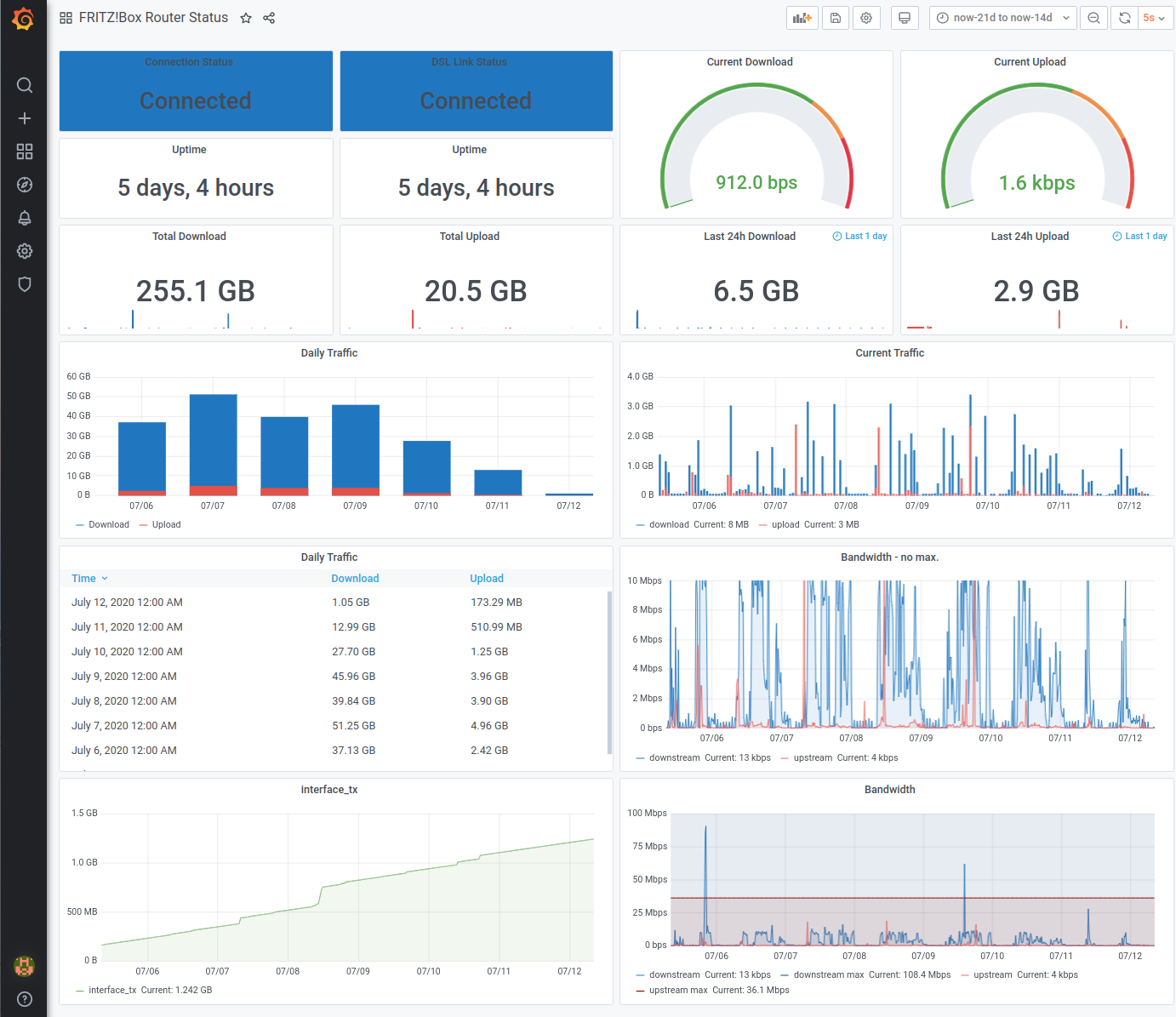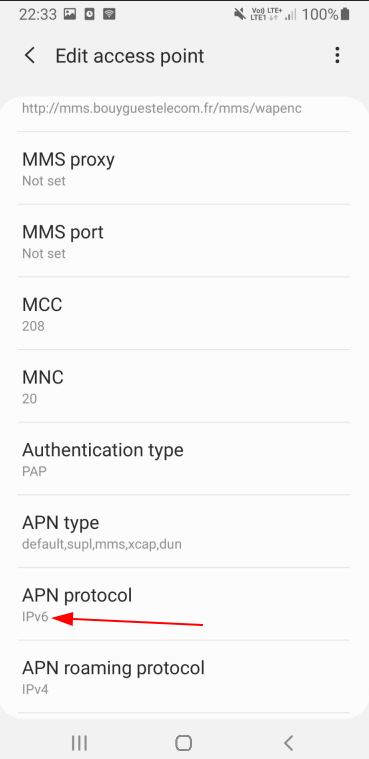 Quite a number of mobile network operators around the world these days support IPv4 / IPv6 dual stack operation. That’s nice but the real goal of the exercise is to eventually end up in an IPv6-only world without any IPv4 traffic in the network. Recently, I noticed that French mobile network operator Bouygues has also switched to IPv6-only operation for mobile Internet access.
Quite a number of mobile network operators around the world these days support IPv4 / IPv6 dual stack operation. That’s nice but the real goal of the exercise is to eventually end up in an IPv6-only world without any IPv4 traffic in the network. Recently, I noticed that French mobile network operator Bouygues has also switched to IPv6-only operation for mobile Internet access.
I first noticed what Bouygues was doing when I had a look at the APN settings that were automatically configured when I inserted a Bouygues SIM in a device. As can be seen in the first screenshot in this post, the ‘APN protocol’ field is set to “IPv6” rather than “IPv4” or “IPv4v6”. When in the home network in France, the device only requests IPv6 connectivity in the LTE ‘PDN Connectivity Request’ and ‘ESM Information Request’ messages. As a result the device only gets the IPv6 addresses of DNS servers and an IPv6 interface identifier in the LTE ‘Activate Default EPS Bearer Conext Request’ message. Together with the IPv6 prefix received on the user plane in an IPv6 ‘Router Advertisement’ message, the device then generates its IPv6 address.

